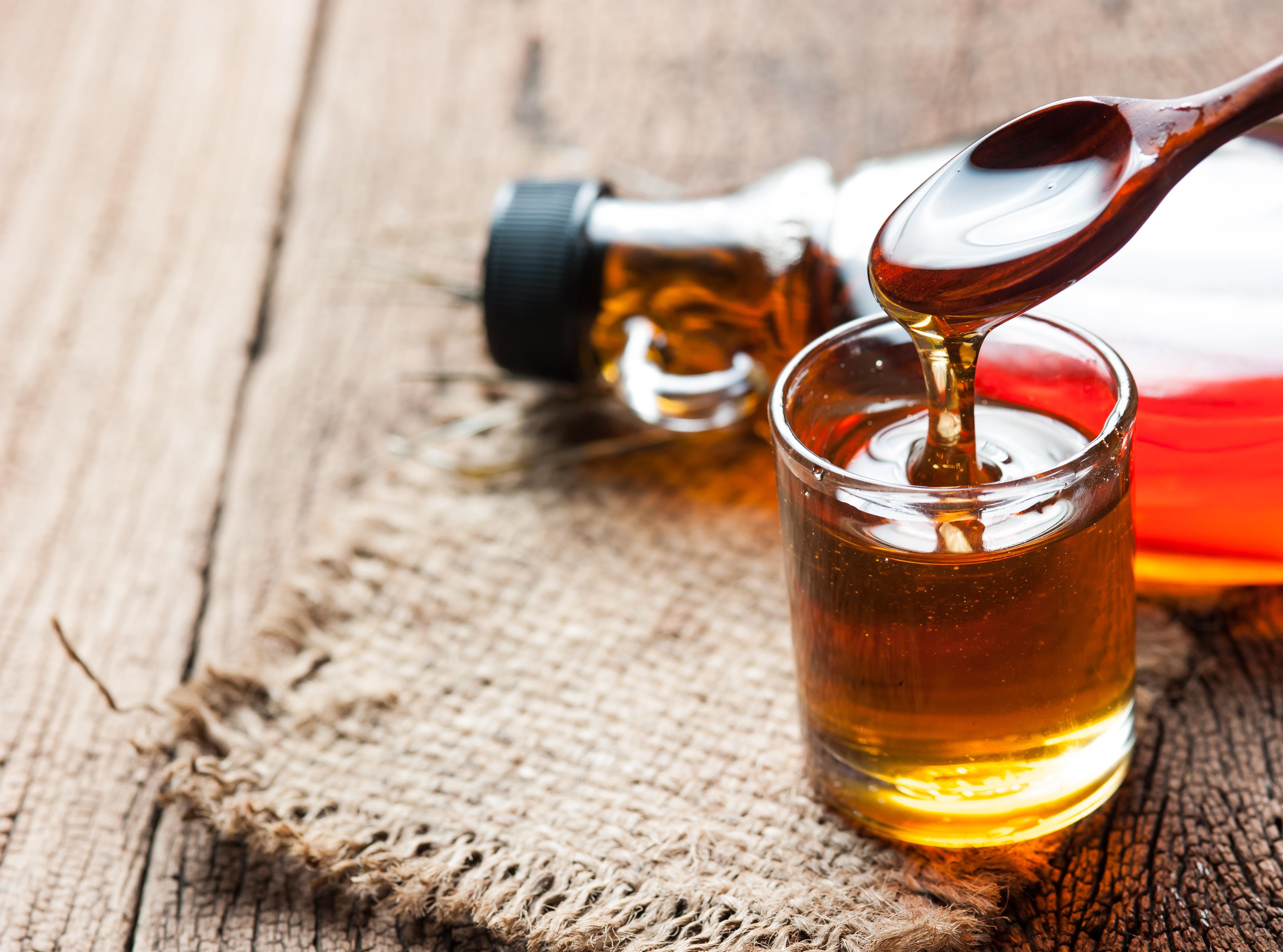If you’re looking to lower your blood sugar, you’ll avoid candy, cake, ice cream, and chocolate. But will you think to be wary of fruit? And yet, some are particularly sweet. A dietitian takes stock.

- If you want to control your blood sugar, you should be careful with certain fruits, which are particularly sweet.
- An American dietician takes stock of the sugar content of commonly consumed fruits.
- However, it is important to consume fruits because they are rich in vitamins, nutrients and antioxidants.
Beyond the sugary products that we immediately think of such as sodas, cakes, ice creams, pastries, we must pay attention to fruits if we want to reduce our blood sugar levels.
Questioned by the Cleveland Clinicdietitian Beth Czerwony explains: “I don’t want anyone to fear the sugar in fruits, because they are natural sugars. The body processes them differently than the sugar in cookies, cakes and those types of foods.”
It should not be abused either. It’s important to know the sugar content of the fruits you choose, especially if you need to monitor your blood sugar due to a health condition.
The specialist details the sugar levels of nine fruits often called “candies of nature”.
The watermelon
Very rich in water, this fruit has 6 g of sugar per 100 g. He can be ‘rich in sugars’specifies the expert “But it’s low in carbs, which means eating a slice on a hot summer day shouldn’t cause your blood sugar to skyrocket,” she continues.
There French Federation of Diabetics advises not to consume watermelon alone to avoid a spike in blood sugar and “to accompany it with yogurt to reduce the glycemic index”.
The cherries
Cherries are rich in vitamin A and C as well as antioxidants and melatonin (the sleep hormone). “Cherries are very good for you, but try to be careful how much you eat”, advises the specialist. The French Federation of Diabetics recommends limiting yourself to 100 g, or 10 to 15 cherries depending on their size. That’s about 13g of sugar.
The grape
Depending on the variety, 100 g of grapes provides between 15.5 and 17 g of sugar. You have to be careful not to overdo it either because the grapes are easily nibbled.
“Try to be aware of how many sugars you eat during a meal if you are looking to limit them.”specifies the dietitian.
The banana
There are about 15g of sugar in a banana, which is the same amount as a donut. Be careful, its sugar content increases as it ripens.
“Think about portion sizes if you’re watching your sugar intake. If you eat small bananas, it will be better than if you choose gigantic bananas which would fit two servings.”adds Beth Czerwony.
Pineapple
There are 16.3g of sugar for one cup of pineapple. “Its quantity of carbohydrates is higher than the average quantity present in fresh fruit”specifiesAgency for Research and Information on Fruits and Vegetables. Sugar levels increase when the fruit is squeezed, dried or served in a syrup. With this exotic fruit, moderation remains the key to meals.
Oranges
A large orange contains 17.2 g of sugar. “The fiber in oranges can help facilitate the release of sugar into your blood. But for this to work, eat the fruit instead of drinking a glass of orange juice.”specifies the American clinic, because orange juice, even freshly squeezed, is more concentrated in sugar than the fruit.
Pears
17g of sugar fits into a medium pear, the equivalent of a cinnamon roll. This fruit is still quite sweet but contains a lot of fiber. However, you must eat it whole and fresh to benefit from it. Be careful with canned pears: they are generally preserved in a very sweet syrup, which is bad for blood sugar levels.
Apples
There are 25g of sugar in a large apple. However, because most of it is fructose, it doesn’t cause as many blood sugar spikes as glucose or sucrose.
Furthermore, this fruit is very rich in fiber which promotes glucose metabolism and can also limit the rise in sugar and insulin levels.
Choose green apples over red ones, they contain less sugar.

Mangoes
There ANSES table of nutritional composition of foods indicates that in 100 g of mango there are 14 g of carbohydrates. It’s much less than other fruits but a mango weighs on average 400 g, if you eat it whole, you will ingest more than 50 grams of sugar. Portion control remains essential for diabetics. The dietician therefore suggests consuming mango with a protein such as low-fat Greek yogurt, which can help slow the release of sugar into the blood.
You should not give up these fruits just because they are too sweet because they are rich in vitamins, nutrients and antioxidants. “Unless you have diabetes or another health condition that requires monitoring your blood sugar, you probably don’t eat enough fruit for the sugar in it to be a problem.”concludes dietitian Beth Czerwony.

















